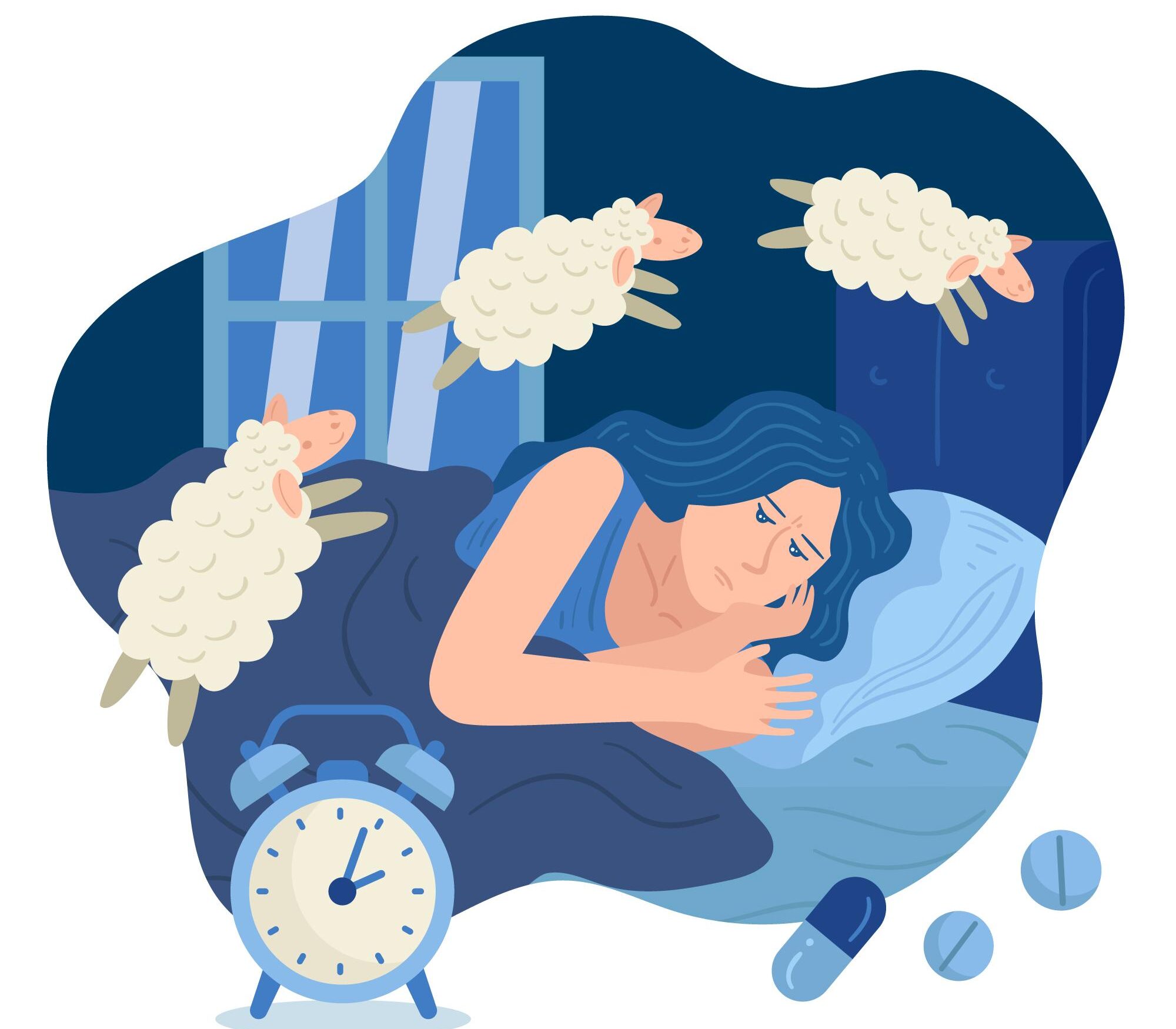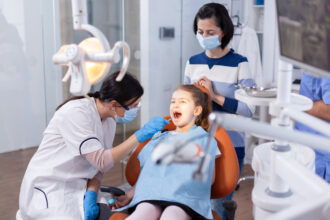Navigating Sleep Disordered Breathing: Understanding, Diagnosing and Managing Breathing Disorders during Sleep
- 1 Types of Sleep Disordered Breathing
- 2 How To Diagnose and Manage Breathing Disorders during Sleep
- 2.1 Breathing during Sleep
- 2.2 Signs and Symptoms
- 2.3 Risk Factors and Causes
- 2.4 Diagnostic Methods
- 2.5 Impact on Health
- 2.6 Management and Treatment Options
- 2.7 Patient Education and Empowerment
- 2.8 Breakthroughs in Sleep Medicine
- 2.9 Collaboration with Healthcare Professionals
- 2.10 Public Health Implications
- 3 Final Thoughts
- 4 FAQs
- 4.1 What are the main types of Sleep Disordered Breathing (SDB)?
- 4.2 How can dental professionals diagnose Sleep Disordered Breathing (SDB)?
- 4.3 What are the potential consequences of untreated Sleep Disordered Breathing (SDB)?
- 4.4 What treatment options are available for Sleep Disordered Breathing (SDB)?
- 4.5 How does Sleep Disordered Breathing (SDB) affect dental health?
- 4.6 What role do dental professionals play in managing Sleep Disordered Breathing (SDB)?
- 4.7 How can patients recognize signs of Sleep Disordered Breathing (SDB) related to dental health?
- 4.8 What lifestyle adjustments can help manage Sleep Disordered Breathing (SDB)?
- 4.9 What is the importance of patient education in managing Sleep Disordered Breathing (SDB)?
- 4.10 How can dental professionals contribute to public health initiatives related to Sleep Disordered Breathing (SDB)?
- Types of SDB: SDB encompasses types like OSA, CSA, and MSA, each requiring tailored treatment.
- Diagnosis and Management: Dentists collaborate with sleep specialists for accurate diagnosis and offer multifaceted management, including lifestyle adjustments and dental appliances.
- Patient Education and Public Health: Educating patients about SDB and contributing to public health initiatives raises awareness for proactive management and holistic care.
Sleep is often neglected until late at night when our minds drift off for sleep; during that period, our breathing patterns can come under scrutiny through Sleep Disordered Breathing.
Sleep-disordered breathing refers to any condition where our natural breath cycle becomes disrupted and can have serious ramifications for both nightly restful sleep and overall wellness.
Sleep Disordered Breathing (SDB) is an integral aspect of modern life that must be explored thoroughly to grasp it fully. Here, we delve into its intricacies as a means of diagnosing and managing breathing disorders during sleep.
Join us as we navigate the nighttime realm, unwrapping the mysteries of Sleep Disordered Breathing (SDB) and mapping a path toward restful, rejuvenating sleep and optimal health.
Types of Sleep Disordered Breathing
Sleep Disordered Breathing (SDB) encompasses various subcategories that must be carefully addressed in order to protect dental health. Each has unique implications for one or both.
Obstructive Sleep Apnea (OSA)
Obstructive Sleep Apnea (OSA) raises concerns regarding its effects on overall well-being as well as dental structures. Untreated OSA may contribute to issues like bruxism and TMD. Central Sleep Apnea (CSA) should also be taken seriously as an untreatable sleep condition that compromises overall well-being.
Central Sleep Apnea (CSA)
Central Sleep Apnea (CSA), although less prevalent, illustrates the intimate link between respiratory control and dental health.
Mixed Sleep Apnea (MSA)
Mixed Sleep Apnea (MSA), however, requires a different approach as its combination of both central and obstructive components requires a tailored strategy for treatment.
Understanding these distinctions is paramount for anyone seeking dental guidance, as it serves as the cornerstone for comprehensive oral and sleep health management.
How To Diagnose and Manage Breathing Disorders during Sleep
Breathing during Sleep
From a dental perspective, understanding the intricacies of breathing during sleep physiology is of utmost importance. Breathing disruptions during the night could have serious adverse effects on oral health issues like dry mouth or periodontal disease.
Understanding how breathing patterns change during sleep provides dental professionals with valuable information about potential risk factors and allows for a more comprehensive approach to oral care.
Dental consultations that integrate sleep-breathing physiology can provide an in-depth assessment of a patient’s oral health, leading to more proactive prevention measures and tailored treatment plans.
Signs and Symptoms
Recognizing signs and symptoms of sleep-disordered breathing in dentistry can be like reading oral clues; loud snoring may indicate potential breathing issues during sleep, which should raise alarm bells.
Dental professionals should pay close attention to signs of bruxism and tooth wear as these may indicate sleep-related issues.
Understanding oral indicators could allow dental practitioners to initiate conversations about potential sleep-related issues with patients who report dry mouth or sore throat in the morning. Dental practices could use this opportunity to develop collaborative approaches that foster both dental health and sleep health in a holistic approach to treatment.
Risk Factors and Causes
It is key in dentistry to address both the risk factors and causes of sleep-disordered breathing. Obesity plays an integral role in both oral health and SDB issues, necessitating targeted interventions to ensure optimal care.
Dental professionals play an essential role in helping their patients understand lifestyle modifications that not only promote good oral health but can reduce the risk of SDB.
As another contributor to sleep-related issues, age highlights the necessity of ongoing dental care for meeting changing oral health needs.
By exploring risk factors, dental practitioners can tailor their approach and provide comprehensive care that considers both dental and sleep health.
Diagnostic Methods
As part of proactive care in dentistry, adopting diagnostic methods that incorporate insights from sleep health can become a vital element. Utilizing collaborative efforts between dental and sleep professionals can result in a fuller picture of patient health overall.
Diagnostic tools, such as measuring the impact of bruxism on dental structures, offer valuable insight into potential sleep-related issues. Dental professionals and sleep specialists can work in collaboration to use data from sleep studies for both dental and sleep health diagnostics.
This collaborative diagnostic framework facilitates more accurate assessments and personalized treatment plans that address the interdependencies between dental and sleep health.
Impact on Health
Health aspects of sleep-disordered breathing are an integral component of dental care. Untreated sleep-disordered breathing may wreak havoc beyond sleep-related issues; its unfavorable consequences could extend into cardiovascular health issues, diabetes, or other systemic illnesses that require systemic solutions.
Dental professionals can contribute significantly to a patient’s overall well-being by understanding the relationship between oral-systemic links associated with SDB and SBD and overall wellness. Working together, dental and medical practitioners ensure a holistic approach to care that includes dental as well as systemic health concerns.
Management and Treatment Options
Sleep-disordered breathing (SDB) treatment requires a complex strategy. Lifestyle adjustments like weight management and positional therapy play an essential part in mitigating its negative impacts on both dental and sleep health.
Dental appliances like mandibular advancement devices offer targeted solutions to address specific oral problems associated with SDB.
Dental professionals and sleep specialists should collaborate to explore treatment options that align with both dental health and broader sleep-related considerations.
Patient Education and Empowerment
At the core of proactive treatment lies education on how dental health relates to Sleep Disordered Breathing. By arming individuals with this knowledge they will be better prepared for managing SDB themselves.
Dentists play an invaluable role in informing patients of the symptoms and signs associated with sleep-disordered breathing and raising awareness regarding its importance, as timely medical attention should be sought.
Knowledge about the effects of sleep-disordered breathing (SDB) allows patients to participate in their well-being proactively. Patient education serves as the cornerstone for informed decisions that promote both dental and sleep health simultaneously.
Breakthroughs in Sleep Medicine
Dental professionals play a pivotal role in staying informed of advances in the field of sleep medicine. Their professional insights are an invaluable asset as the field progresses.
New technologies and treatments, like cutting-edge dental appliances or diagnostic tools, can lead to more successful and patient-centric interventions.
Dentists engaging in ongoing education and collaboration with sleep specialists stand at the forefront of making contributions to this rapidly developing field of sleep medicine.
Collaboration with Healthcare Professionals
Collaboration among dental and healthcare professionals is integral in managing sleep-disordered breathing (SDB). Dental practitioners can collaborate closely with sleep specialists, pulmonologists and other healthcare providers in providing holistic patient care.
Working together allows an approach that covers both dental and medical aspects of SDB for maximum patient benefit.
Dental professionals contribute to an integrated healthcare framework by engaging in collaborative care that emphasizes both oral and general well-being.
Public Health Implications
Dental professionals play an invaluable role in raising awareness and education regarding Sleep Disordered Breathing (SDB).
Public health initiatives can focus on disseminating information regarding the relationships between dental health and SDB, emphasizing its role in overall well-being.
Dental practitioners involved with public health initiatives contribute to an enhanced awareness of SDB as a public health issue by shaping policies and initiatives that prioritize both dental health and sleep health simultaneously.
Final Thoughts
Sleep-disordered breathing conditions like obstructive sleep apnea can have serious repercussions for the quality of life and overall health. Still, by understanding, diagnosing, and managing them, there may be hope for restful nights and improved well-being.
If you’re experiencing difficulty breathing while sleeping, visiting a certified dental professional for evaluation and treatment could help immensely.
FAQs
What are the main types of Sleep Disordered Breathing (SDB)?
The main types of SDB include Obstructive Sleep Apnea (OSA), Central Sleep Apnea (CSA), and Mixed Sleep Apnea (MSA), each with distinct characteristics and implications for dental and overall health.
How can dental professionals diagnose Sleep Disordered Breathing (SDB)?
Dental professionals can diagnose SDB by integrating insights from sleep health into their practices, collaborating with sleep specialists, and utilizing tools such as sleep studies and assessments of oral indicators like bruxism.
What are the potential consequences of untreated Sleep Disordered Breathing (SDB)?
Untreated SDB can have serious consequences for both dental and overall health, including issues like bruxism, tooth wear, cardiovascular problems, diabetes, and other systemic illnesses.
What treatment options are available for Sleep Disordered Breathing (SDB)?
Treatment options for SDB may include lifestyle adjustments, dental appliances like mandibular advancement devices, and collaboration with sleep specialists for personalized management plans.
How does Sleep Disordered Breathing (SDB) affect dental health?
SDB can impact dental health by contributing to issues like bruxism, tooth wear, dry mouth, and periodontal disease, highlighting the importance of integrated dental and sleep health management.
What role do dental professionals play in managing Sleep Disordered Breathing (SDB)?
Dental professionals play a crucial role in diagnosing, managing, and treating SDB by integrating sleep health insights into their practices, collaborating with sleep specialists, and empowering patients with knowledge about the condition.
How can patients recognize signs of Sleep Disordered Breathing (SDB) related to dental health?
Patients may recognize signs of SDB related to dental health, such as loud snoring, bruxism, tooth wear, dry mouth, or sore throat in the morning, which should prompt discussions with dental professionals.
What lifestyle adjustments can help manage Sleep Disordered Breathing (SDB)?
Lifestyle adjustments like weight management and positional therapy can help mitigate the negative impacts of SDB on both dental and sleep health.
What is the importance of patient education in managing Sleep Disordered Breathing (SDB)?
Patient education is essential in managing SDB as it empowers individuals to recognize symptoms, seek timely medical attention, and actively participate in their well-being through informed decisions.
How can dental professionals contribute to public health initiatives related to Sleep Disordered Breathing (SDB)?
Dental professionals can contribute to public health initiatives by raising awareness about the relationship between dental health and SDB, shaping policies, and advocating for comprehensive approaches that prioritize both dental and sleep health.



















